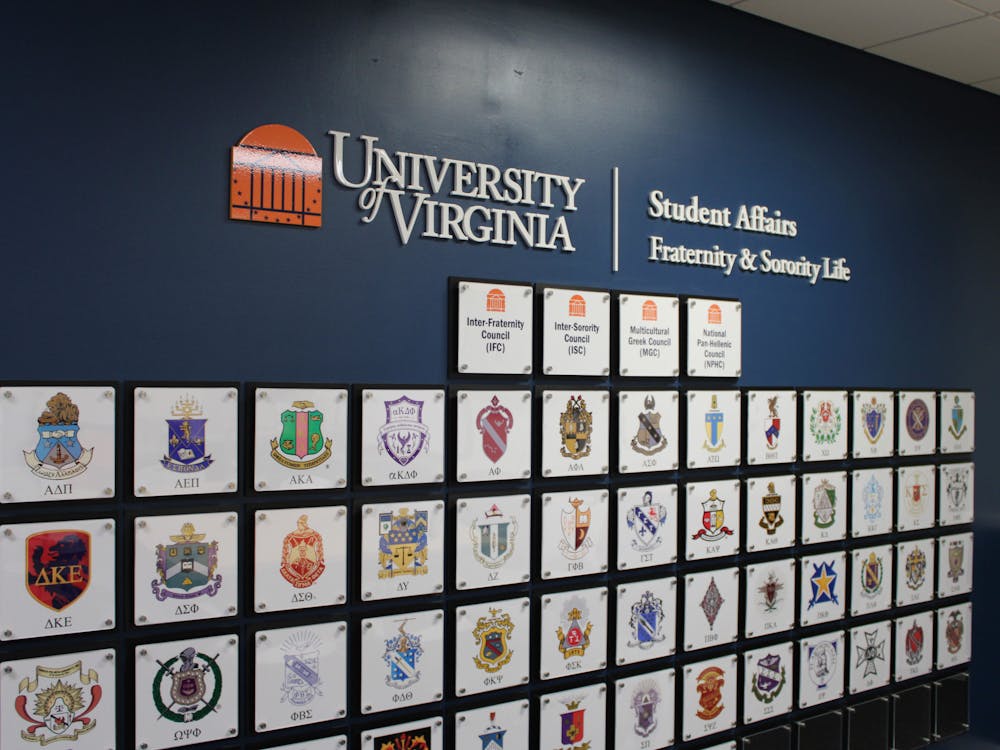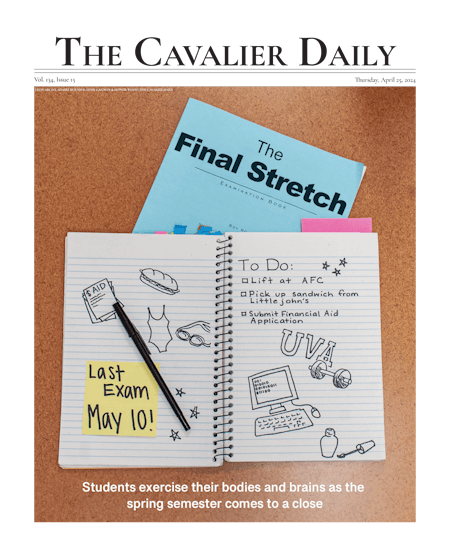In the spring of 1979, a young Italian antiquities dealer opened the trunk of his sedan to reveal two pristine marble sculptures -- smiling faces, supposedly those of the ancient goddesses, Demeter and Persephone. Giuseppe Mascara, a former tomb raider and purveyor of misplaced antiquities, stared at the acroliths for a while, letting his eyes brush over the exquisitely etched surface, imagining the craftsmanship that produced such simple beauty almost 2,500 years ago. As Mascara told prosecutors years later, the price was more than he could afford.
For the past five years, the University of Virginia Art Museum has displayed the masks, which according to the New York Times are rumored to have been stolen by tomb robbers from Morgantina, an ancient Greek outpost near the small Sicilian town of Aidone. Now, decades after the masks disappeared from Southern Italy, the Italian government wants them returned. Straightforward as that seems, several important questions remain unanswered. The University owes the public those answers.
After 1979, the masks then made their way to Switzerland, where they vanished into the illicit art underworld. They resurfaced again in the London gallery of a suspected illegal art trafficker Robin Symes, who sold the masks in 1980 to a wealthy New York diamond merchant and companion to Jacqueline Kennedy Onassis, Maurice Tempelman, for an estimated $1 million. Apparently unaware of the masks' dubious past, Tempelman loaned his newly acquired artifacts to museums around the world including the J. Paul Getty Museum in Los Angeles.
The simplest resolution to the matter -- returning the masks to the museum in Morgantina -- isn't as simple as it sounds. After reading public statements from both the University and Sicilian art authorities, the matter becomes even more confusing, and even more shrouded in mystery. This week the New York Times reported that University officials released a statement thanking Italian authorities "for their support of the University of Virginia's excavations at Morgantina, and we strongly endorse the return of any antiquities that have been illegally removed from Morgantina." Bear in mind that endorsing the return of goods and actually returning them are two different things.
The University Art Museum acknowledges that the masks are on loan from an anonymous donor and that an agreement exists between the museum and the unnamed donor that limits the loan to a period of five years, after which the museum can do with the masks what it sees fit. The museum refuses to say whether the masks will be returned to Italy after the loan agreement expires.
But were the masks really stolen? In a 2002 article in the American Journal of Archaeology, University Professor Malcolm Bell, who directs excavations in Morgantina, confirmed the masks were looted in 1979 and assured readers that an attempt will be made to "recontextualize" the sculptures. One item Bell omitted from his article was his encounter with the tomb raider Giuseppe Mascara, whom he first met in 1968 met while honeymooning in Morgantina. Alexander Stille wrote in his 2003 book "The Future of the Past" that while visiting an excavation during his honeymoon, Bell, who was then a graduate student, discovered Mascara and his "employees" stealing artifacts from an unearthed tomb. The whole story reads like a Graham Greene novel.
Too many questions remain unanswered. Even more, it seems, haven't been asked. Who owns the masks? To whom do they rightly belong? Does the University Art Museum plan to return the masks? And if not, why? Until the public learns the truth, the circumstances surrounding the masks will continue to arouse suspicion.




